commentary Commentary
Commentary: Successions in family restaurants need the love of food to marry the science of business operations
Food business owners must also have the courage to operate the business for it to sustain for the long haul, says Karen Lam, host and producer of Power List Asia.
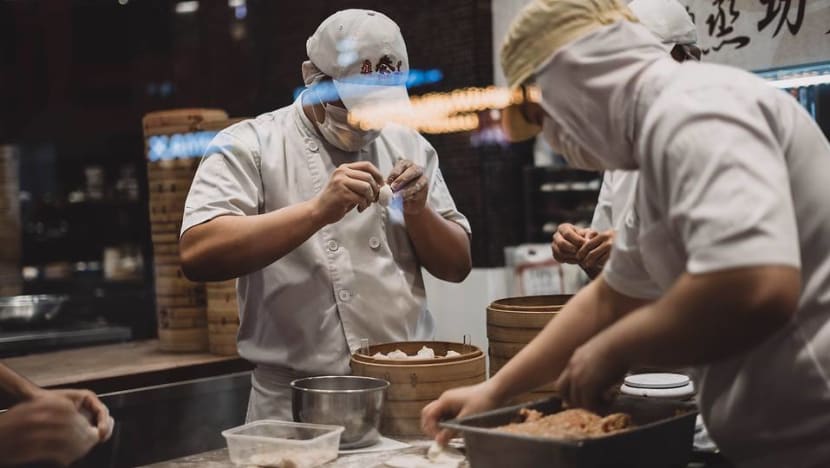
(Photo: Unsplash/Chinh Le Duc)
SINGAPORE: Singaporeans are not, if anything, dispassionate about our food. We go into a social media frenzy when other countries claim our food as theirs.
We are willing to spend an inordinate amount of time in food queues just to satisfy our palates. And so as we hear of more of our old favourites biting the dust and shuttering, we mourn deeply over the loss of yet another childhood fare – or is it another alternative to our national pastime?
It befuddles many minds why popular eateries like Moi Lum, one of Singapore’s oldest Cantonese restaurants, would serve its last dish in March after feeding many satisfied diners for 100 years.
Then there are also the last suppers served by 55-year-old Chakey’s Serangoon Salt Baked Chicken and 63-year-old vegetarian restaurant Zen Fut Sai Kee.
All these businesses have taken the route to shut down because age has caught up with the owners and their children don’t want to take on the business.
There is also an element of pride that has led to many closures. Without the next generation to hand age-old recipes down to, many proprietors would rather see the end of the road than to have their secrets commercialised or, worse adulterated.
READ: Why are we willing to pay S$20 for a bowl of ramen but not bak chor mee? A commentary
AN EMOTIONAL DECISION TO CLOSE
It was reported that the owners of a popular dim sum restaurant, Hua Nam, closed its doors in 2016 after making the traditional goodies from scratch for three generations. With no family members willing to take over, the owners opted to shut down to preserve the original recipe.
The dilemma for these traditional restauranteurs whether to continue the business is further complicated by the extremely challenging landscape quite unlike what they had experienced when they took over from their fathers in the 60s and 70s.
High rentals, shortage of manpower, a saturated market with a smorgasbord of choices for the consumer make survival for small outfits with limited scale increasingly challenging.
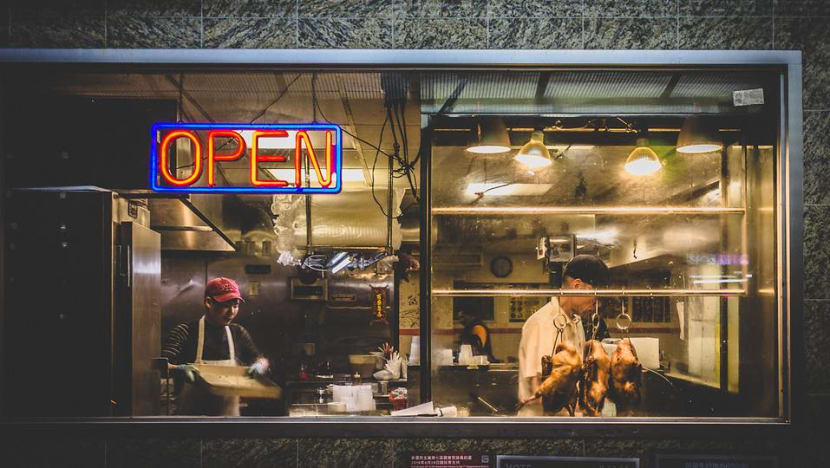
The issue of succession is both an emotional and a professional decision for family businesses. There are two broad areas in every business entity – management and ownership.
Ownership refers to the shareholding while management, the operations. In most small businesses, ownership and management are one and the same.
In its simplest terms, succession can take three forms: First, it can take the happy outcome of ownership and management remaining in the hands of the family when the next generation are willing and competent enough to helm operations.
Second, proprietors can employ professionals to run the daily operations while ownership and major decision-making remain in the family.
Third, it can include other shareholders outside of the family who can steer operations and implement systems to ensure the company not only continues but is able to scale up.
READ: Spreading the love, taking a piece of Singapore abroad, a commentary
As the options go down the wire, owners will likely feel threatened by the reduced control and share of profits.
The nature of the food business lends itself to a certain pride of craftsmanship that makes relinquishing control akin to an identity crisis. Unlike manufacturing or property outfits, for instance, food businesses are typically started by chefs, not businessmen. In the early years, it was a matter of using their skills to survive.
As time passed and as their renown grew, however, much pride and passion were instilled in their art, more than their business. Chefs can be fixated on their product. Quality takes precedence over quantity.
Expansion, for them, ought to focus on an elevation of their menu rather than the increase in the number of outlets.
But for the art to thrive, the platform on which it operates is just as crucial. For operations to grow there needs to be a driver who can focus on taking risks, expanding networks and exploring opportunities.
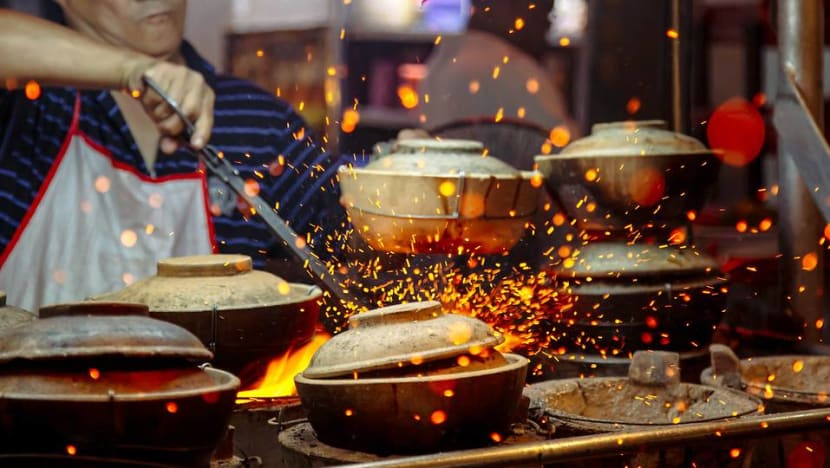
In many of my conversations with Asia’s top entrepreneurs, passion in the product itself plays a small role in the growth of their businesses.
It’s often the adrenaline rush they get when the business expands, when they solve an intractable problem, when they create successful brands, when opportunity arrives to play a bigger role in philanthropy, or when innovation opens new doors. The combination of businessman and chef in one is a rare find.
The way forward if the business is to feed another generation is to take a leaf out of the books of those who’ve made a name from themselves as food entrepreneurs – or foodpreneurs.
EMBRACE SYSTEMS AND PROCESSES
International dim sum restaurant Din Tai Fung, famed for its xiao long bao, presents many lessons. The restaurant was started by Yang Bin Yi in 1972 in Taiwan. Word of his delicious wrapped soupy dumplings spread so rapidly that the seating expanded from half of their shopfront to all four floors of the lot in no time.
But it would take 24 years before the next outlet would open – in Shinjuku, Japan. A few years and further expansion in Japan led the food chain to finally open its own central kitchen back home in 2000.
With the processes fine-tuned, outlets sprung up in quick succession throughout Taiwan. Consistency across all outlets was key, right down to each of their famous dumplings standardised with 16 grams of dough, five grams of pork and folded in no less than 18 pleats.
Across their 150 outlets in 15 countries, Din Tai Fung is instantly recognisable with its glass-encased kitchens with chefs busily doling out the dumplings and other items on the menu almost by muscle memory. But all this clockwork precision takes effort. Owner Yang Chi-hua, the founder’s son, keeps tabs on operations by holding court in video conferences with branch managers daily.
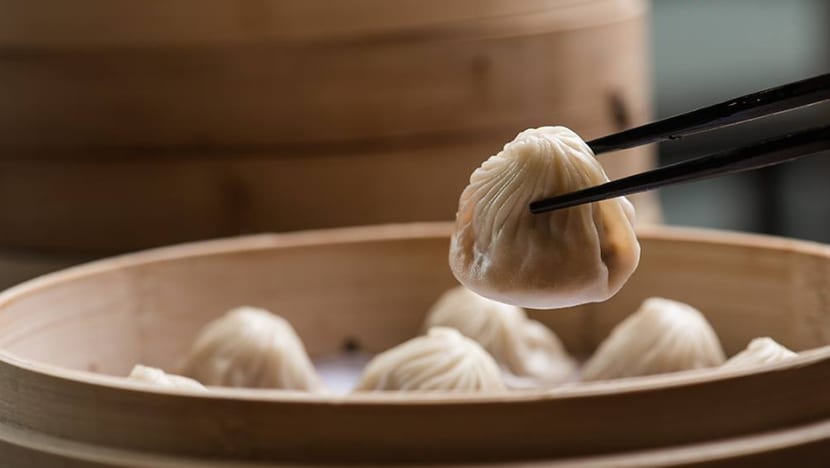
Yang is of the rare breed of chef and businessman rolled into one. Not only has he been instrumental in expanding the business over the years, but he had also worked in the kitchen in the early years with the chef his father employed to start the business with.
Yang has successfully balanced his penchant for maintaining the highest standards in food quality with the pragmatism of scaling up the operations at opportune times.
FINDING THE RIGHT PARTNERS
It’s said that Yang receives dozens of proposals a week from suitors looking to take the Din Tai Fung name to various parts of the world, as far as Russia and Mongolia. Most don’t get beyond his in-tray.
For the owner, growth is not as much a priority as maintaining high standards. Finding the right partners along the journey is an instinct Yang seems to have honed over the years.
One such franchisee that Yang has partnered with in the last 16 years is Singaporean George Quek of the BreadTalk Group. Quek has led the charge since 2003 for Din Tai Fung in Singapore, Thailand and most recently in the UK, with close to 30 outlets.
Perhaps the key to Quek’s success is that he is both a franchisee and a franchisor, with his own stable of popular brands and an excellent feel of the markets he operates in.
Known as the King of Food Courts, Quek introduced Singaporeans to themed food courts in 1992 with Food Junction and has since fed the food fancies of Singaporeans with another food court, Food Republic, local coffeeshop chain Toast Box and of course, the company’s eponymous bakery, BreadTalk.
Today the Group runs 1,000 outlets in 16 countries with numerous food brands under its management. Its last full year revenue was close to S$600 million.
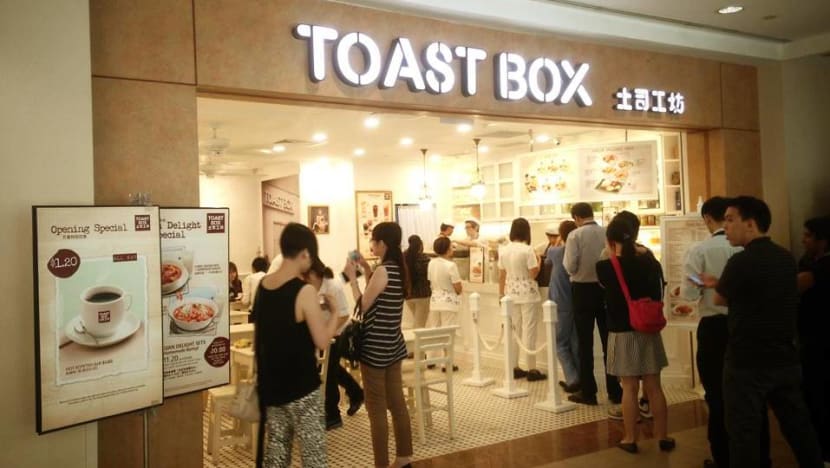
Here is a man who understands food trends, has an instinctive feel for consumer tastes and preferences and dares to push the envelope in food presentation and experience. Quek’s innate feel of the food business began in Taiwan after dropping out of art college from a lack of funds.
To make ends meet, he made and sold dragon beard candy in kiosks. He later learnt to make noodles and introduced the Taiwanese to Singaporean hawker fare.
As a chef and business owner, Quek has developed the ability to sniff out a good brand and create his own, and he has proven time and again, that he can serve up delectable returns for his partners and shareholders.
THE SCIENCE OF BUSINESS OPERATIONS, THE ART OF FOOD
To sustain the food business for the long haul, owners must have the courage to operate apart from family members. While people are key to the success of any business, so are systems. Just as there’s an art to food creation, there is also a science to business operations.
Restaurant owners need to recognise the limitations of their gene pool and their own abilities and have the courage to share the responsibility of growing the business. They must also entertain the idea that quality and quantity can co-exist.
This can be a deeply emotional experience for one who has emerged from the shadow of the family business and who has retained sole ownership and decision-making for decades. But done with the right people and processes, heritage restaurants can continue to thrive and perpetuate not just the family legacy, but their gastronomic delights for generations to come.
Karen Lam was the host and producer of Power List Asia and author of Power Talk: Insights from Asia’s Top Entrepreneurs. She is also a presentation and media trainer.












